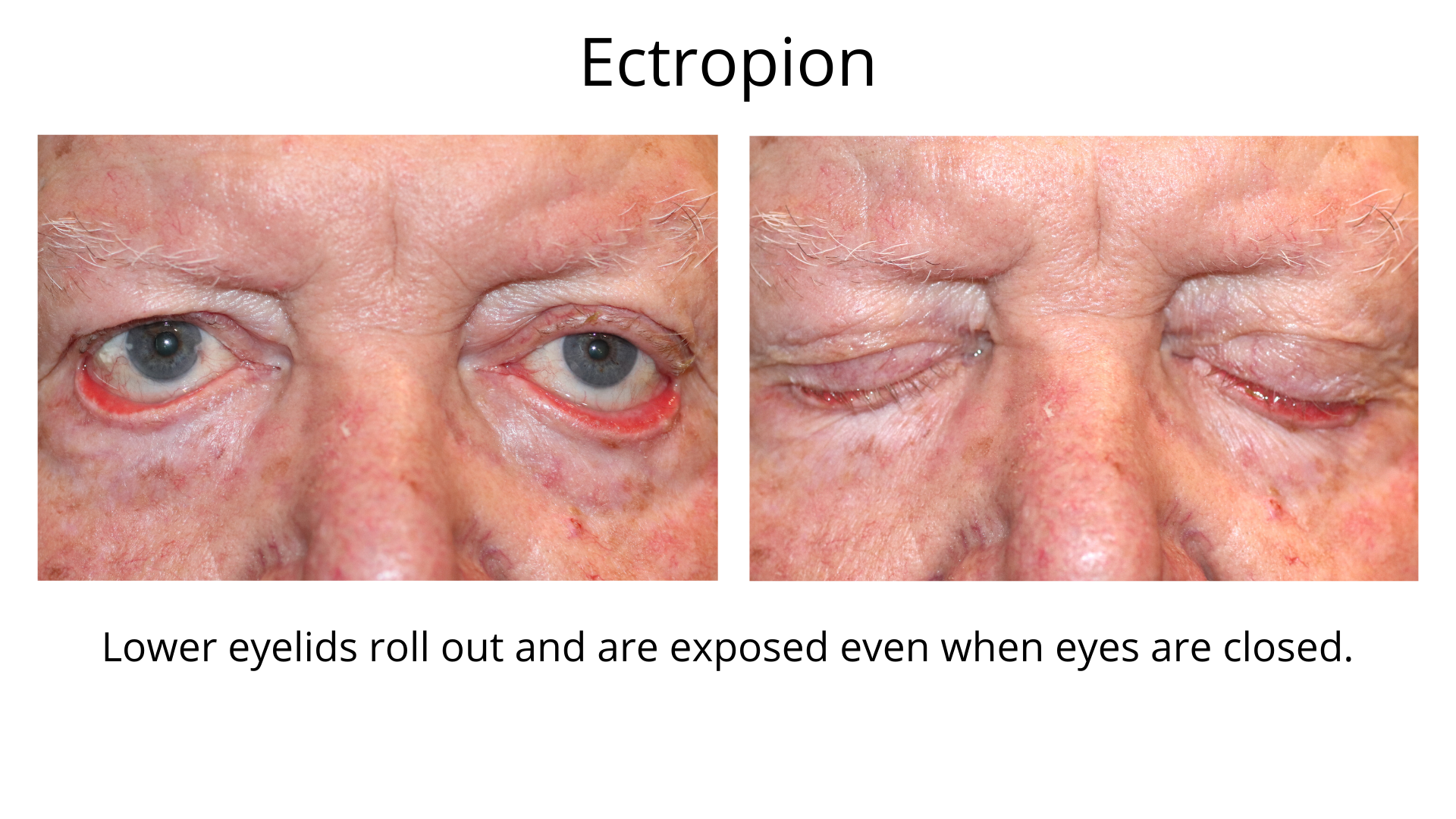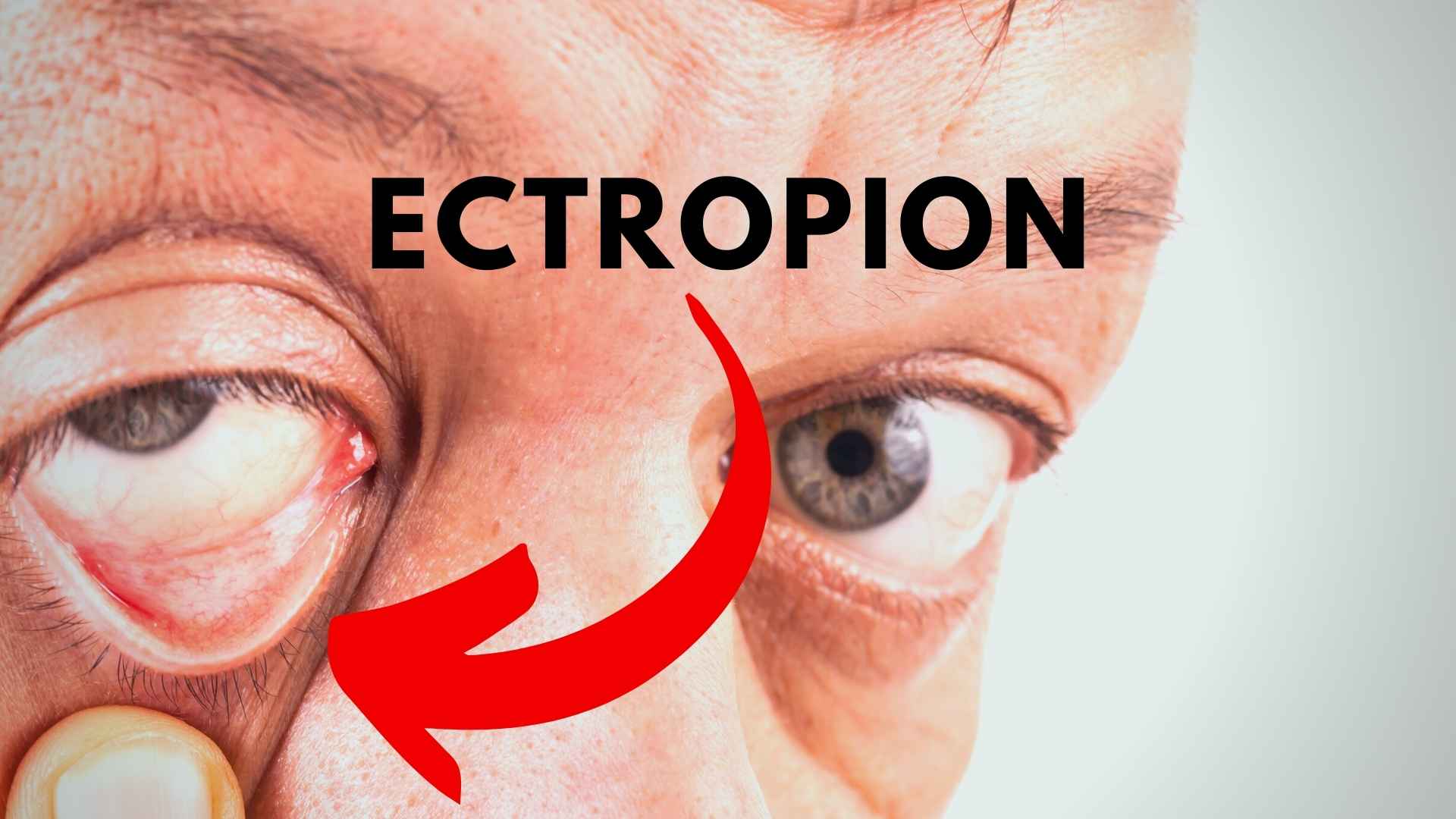Causes, Symptoms, and Treatment
Ectropion is a medical condition that can affect the eyelids, causing discomfort and potential complications if left untreated. In this comprehensive guide, we will delve into the intricacies of ectropion, exploring its causes, symptoms, and available treatment options.
What is Ectropion?
Ectropion, pronounced as ek-TROH-pee-on, is a condition where the lower eyelid turns outward, away from the eye. This outward rotation of the eyelid can disrupt the normal functioning of the eye and lead to a range of uncomfortable symptoms. Understanding the causes of ectropion is crucial for effective management and treatment.

Causes of Ectropion
Ectropion can be attributed to various factors, including:
- Aging: One of the most common causes of ectropion is the natural aging process. As we age, the tissues around the eye can lose their elasticity, leading to the lower eyelid drooping and turning outward.
- Facial Paralysis: Conditions such as Bell’s palsy or facial nerve damage can result in muscle weakness, affecting the eyelid’s ability to stay in its proper position.
- Scar Tissue: Injuries, burns, or surgical procedures around the eye can cause scar tissue to form, which may pull the eyelid downward and cause ectropion.
- Congenital Factors: Some individuals are born with a predisposition to ectropion due to genetic factors that affect the structure of their eyelids.
Symptoms of Ectropion
Identifying ectropion early is essential for preventing complications. Common symptoms of ectropion include:
- Excessive Tearing: When the eyelid turns outward, it can disrupt the normal tear drainage system, leading to watery eyes.
- Irritation and Redness: Ectropion can cause the exposed inner eyelid to become irritated, resulting in redness and discomfort.
- Dryness and Grittiness: The outward rotation of the eyelid can expose the eye’s surface, making it prone to dryness and a gritty sensation.
- Blurry Vision: In severe cases, ectropion can interfere with vision, as the eye is not adequately protected.
Treatment Options for Ectropion
Managing ectropion typically involves addressing its underlying causes and relieving associated symptoms. Treatment options may include:
- Artificial Tears: Lubricating eye drops can help alleviate dryness and discomfort associated with ectropion.
- Eyelid Taping: In some cases, temporary measures such as taping the eyelid into a normal position may be employed.
- Surgical Correction: When conservative treatments are ineffective, surgical intervention may be necessary to reposition the eyelid and tighten the surrounding tissues.

Seeking Medical Attention
If you or someone you know is experiencing symptoms of ectropion, it is crucial to seek prompt medical attention. Delaying treatment can lead to further complications and discomfort.
Ectropion is a condition that can significantly impact an individual’s quality of life if left unaddressed. By understanding its causes, recognizing its symptoms, and exploring available treatment options, you can take proactive steps to manage and alleviate the discomfort associated with ectropion. Remember that early intervention is key to preventing complications and achieving optimal eye health. You can now book an appointment with Dr Anthony Maloof, armed with this knowledge, you can make informed decisions about managing this condition and ensuring the health and well-being of your eyes.
To find out more visit: www.oculoplasticsurgery.com.au
To book an appointment, click here!


